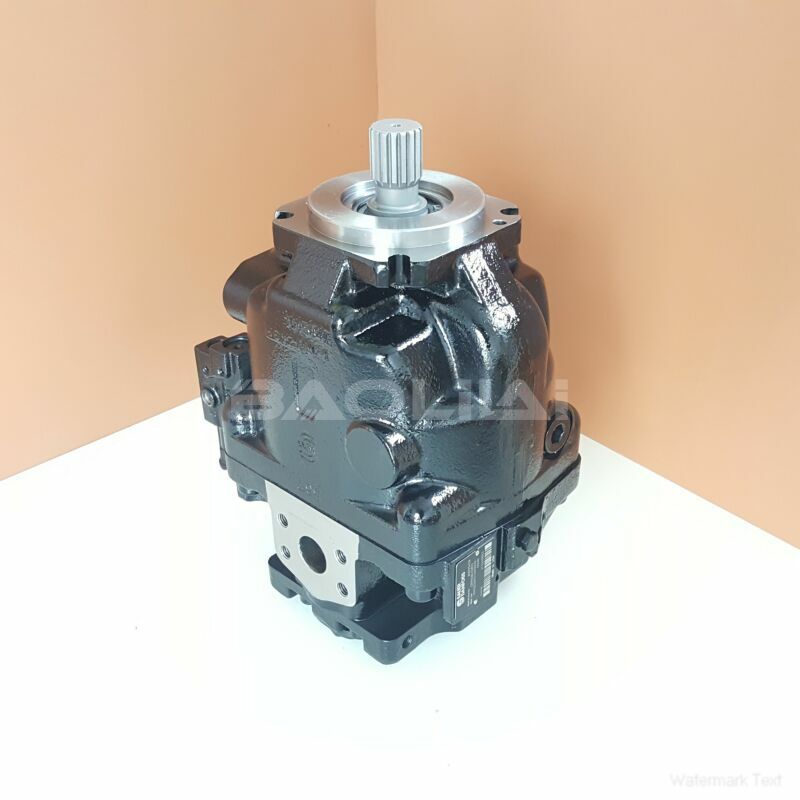ERR130BLS2820NNN3K5RPA1NAAANNNNNN hydraulic pump
ERR130BLS2820NNN3K5RPA1NAAANNNNNN hydraulic pump

- Product Details
- Applicable Scene
In hydraulic pump systems, a low flow rate can lead to significant operational issues, affecting the efficiency and reliability of equipment. Diagnosing and resolving flow rate problems is crucial to maintaining system performance. In this article, we will explore common causes of low flow rates in hydraulic pump systems and effective troubleshooting steps you can take.
ER-R-130B-LS-28-20-NN-N-3-K5RP-A1N-AAA-NNN-NNN
ERR130BLS2820NNN3K5RPA1NAAANNNNNN
Understanding the problem begins with recognizing the symptoms of low flow rate. You may notice sluggish actuator movement, inadequate system pressure, or the inability of the system to perform its intended function. Addressing these issues requires a systematic approach.

83037653
The first step in troubleshooting is to check for external leaks. Loss of hydraulic fluid due to leaks can severely impact flow rates. Inspect hoses, fittings, and connections for visible signs of leakage. If you find any leaks, replace or repair the affected components, and ensure that all connections are secure.
Next, examine the hydraulic fluid level and quality. Low fluid levels can lead to cavitation, causing a drop in performance. Additionally, contaminated or degraded hydraulic fluid can impede proper flow. Make sure the fluid is clean and at the appropriate level, and consider changing the fluid if it appears dirty or has reached the end of its service life.
Another critical factor to investigate is the condition of the hydraulic filters. Clogged or dirty filters can restrict fluid flow, resulting in decreased performance. Check the filter indicators and replace or clean filters as needed to restore optimal flow rates. Ensure that filters match the system’s specifications to avoid further complications.





